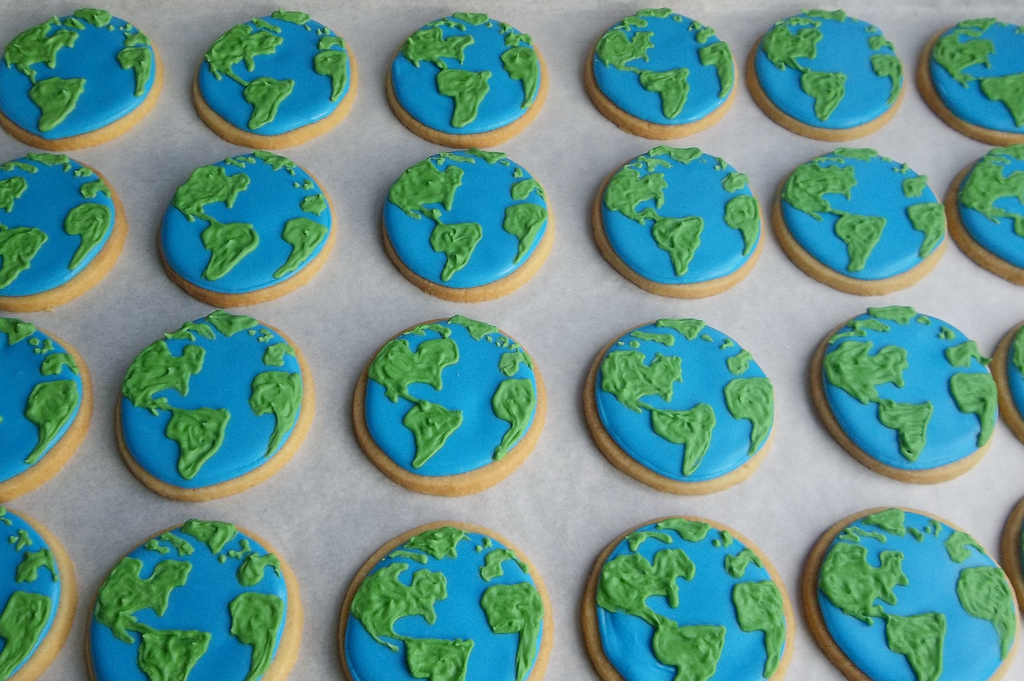Diversity and Inclusion in advertising
It’s nearly Bake Off time. Yesssss. Surprisingly, what got my attention more than the concept of cakes was actually the way I found out Bake Off was back.
Unlike 2017’s ad that showcased a singing selection of pristine pastries. This year’s campaign has embraced those, shall we say, more unconventional bakes. To my great delight, as an enthusiast of questionable skill, it appears diversity has been welcomed in the world of baked goods.
Ok, so that might be a bit deep. But it did get me thinking. If it hasn’t taken scones that long to realise the importance of diversity and inclusion, why are so many brands still struggling? Being different is the one thing everyone, be you cake or human, has in common. But very few of us want to be treated or communicated with differently. Memorable, effective and worthwhile diversity and inclusion initiatives are successful because they normalise difference, welcoming everyone with open arms and making unique the new norm.
So, what’s the state of play?
Research conducted by Lloyds Bank revealed only 19% of people used in UK advertising were from a minority background. This infers one of two things. Either brands aren’t clear on the importance of diversity in their advertising, or perhaps more likely, they don’t know how showcase it in a way that isn’t stale, mundane, or simply panders to stereotypes.
But there are brands out there that are diving in head first and receiving positive feedback. Some have taken a big bang approach. Think back to Mars’s 2016 Malteasers ad campaign that humorously captured the ‘lighter side’ of disability. Meanwhile, McCain have subtly explored the subject of diversity in a broad range of everyday, family settings.
We’ve come a long way from IKEA’s 1994 Dining Table ad which kind of did the opposite of normalising homosexuality. But hey, at least they were brave enough to do it. Unlike Guinness who pulled their scheduled advertising the year after on the back of a public outcry. This progress reflects a changing society, as diversity appears more relevant to audiences than it was 20 years ago, and therefore more acceptable. But whilst things are improving, there’s still some way to go.
And, what’s the point?
To be honest, I’m still trying to figure out if brands are learning to embrace diversity. Or whether they are just getting better at tolerating it. Even worse, is diversity in advertising actually only being used as a stunt to get noticed when other campaign ideas go off the boil. Remembering the minorities, but still targeting the majority for maximum ROI.
Lingerie brand, Curvy Kate’s recent #mybodyvictory campaign celebrates women in all their forms. Encouraging them to speak about how great their bodies are. But the fact I found out about it in the ‘news’ section of The Independent suggests the aim is to get PR and social media pickup, rather than spend loads on media promoting a message they actually believe in.
And, what does this mean for us?
Diversity questionnaires seem to be becoming more common place in RFIs. In my last agency I was required to outline the diverse nature of our account management team to a prospective client before even being accepted to pitch for their business.
Personally, I think it’s naïve to assume a business’s capabilities correlate with the team’s race, gender, sexual orientation, or anything that actually makes them individual. Great work relies on research to develop a clear understanding of who you’re speaking to, why you’re speaking to them, and what you want to achieve. Sadly, this critical stage is sometimes viewed as an unnecessary delay. Getting little investment or getting overlooked completely. Jeez, this whole thing really is a minefield. Which is why so many ignore it I guess.
And, in conclusion
This is a tricky one as the subject is so complex. To my mind, diversity in advertising shouldn’t be treated as a campaign. It’s not a stand-alone concept to be ticked off the list once it’s done. To be viewed as a truly diverse brand, you need to deliver a message that is real, based on solid research and understanding. More importantly, it should be something you live and breathe, and not something you’re using as a cheap tool to drive sales.
But one thing I do know is that I appreciated Bake Off’s wonky swan and half-cocked hedgehog. Even if in reality, they may have only been there to ensure I tune in.
If you would like some diversity of ideas, drop us a note here.
